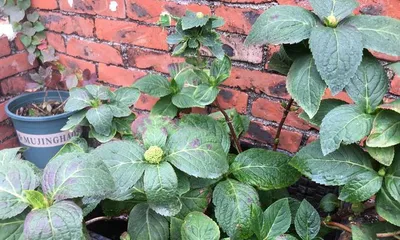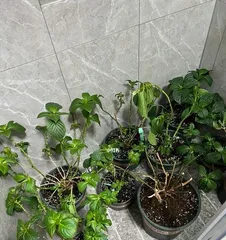It's dry in summer and cold in winter. Plants cannot grow without water, but both overwatering and underwatering can harm them. How to water scientifically for healthy plant growth? This article will provide a detailed introduction.

Understand the plant's growth needs
In summer, high temperatures and low humidity cause plants to lose water easily. However, you should not water too frequently; water according to the specific needs of each plant. In winter, plant growth slows down, so reduce watering to prevent root rot from waterlogging.
Master the watering time
Early morning or evening is the best time to water. This prevents rapid water evaporation in high temperatures and avoids overly moist soil at night. During hot and dry summer conditions, you can increase the frequency and duration of watering to keep the soil moist.

Pay attention to the amount and frequency of watering
During the growing season, different plants have different water needs. Some plants need consistently moist soil, while others prefer it to be moderately dry. Generally, you should water thoroughly but avoid waterlogging. In summer, you can increase the frequency and amount of watering. In winter, you should reduce both.
Pay attention to water quality
A plant's healthy growth is closely related to water quality. When using municipal tap water, be aware of the harm that chlorine and other harmful substances can cause to plants. It is recommended to use purified water or rainwater for watering.
Adjust soil pH
Different plants have different adaptabilities to soil acidity and alkalinity. Generally, neutral or slightly acidic soil is most suitable for the growth of most plants. If the soil is too acidic or alkaline, you can use acidic or alkaline fertilizers to adjust it.

Avoid watering with ice-cold water
In the cold winter, some people use ice-cold water to water plants, which can cause root frostbite. You should use room-temperature water to avoid overly cold water temperatures.
Pay attention to the watering method
Different plants are suited to different watering methods. Some plants are better suited to top watering, while others are more suitable for drip irrigation. Some flowers and plants are ideal for misting. You should choose the watering method based on the specific needs of the plant.
Pay attention to watering tools
When watering, it's important to choose the right tools. Some plants prefer misting, which can be done with a spray bottle. Other plants are better suited with a watering can. Selecting the appropriate tools can better protect your plants.
Control indoor humidity
Indoor humidity also affects plant growth. In summer, maintain ventilation with air conditioning to lower indoor humidity. In winter, use a humidifier or place wet towels to increase indoor humidity.
Avoid strong light exposure
The sun is intense in summer. If plants are exposed to strong light for long periods, it can cause rapid water evaporation and dehydration. You should move plants to a shaded area or use items like shade nets to block the sunlight.
Prevent soil from drying and cracking in summer
High summer temperatures can cause soil to dry out and crack. You can cover the soil surface with a layer of plant ash or sand to keep it moist. You can also use soil moisture retainers to increase the soil's water retention capacity.
Maintain room temperature in winter
Low outdoor temperatures in winter cause indoor temperatures to drop. Keep the indoor temperature within a suitable range to ensure normal plant growth.
Adjust the amount of watering
Plants need different amounts of water during their growth cycle. During the growing period, you should adjust the amount of water according to the plant's needs. If a plant is showing signs of dehydration, you should increase the amount of water.
Pay attention to the timing of watering
The timing of watering varies by season. Water in the morning and evening in summer, and reduce the frequency and amount in winter. Adjust your watering schedule according to the season.
Watering scientifically is a crucial part of the plant growth process. Pay attention to the plant's growth needs, master the timing and amount of watering, and choose the right watering methods and tools. These practices will help us better care for our plants and allow them to grow healthily.